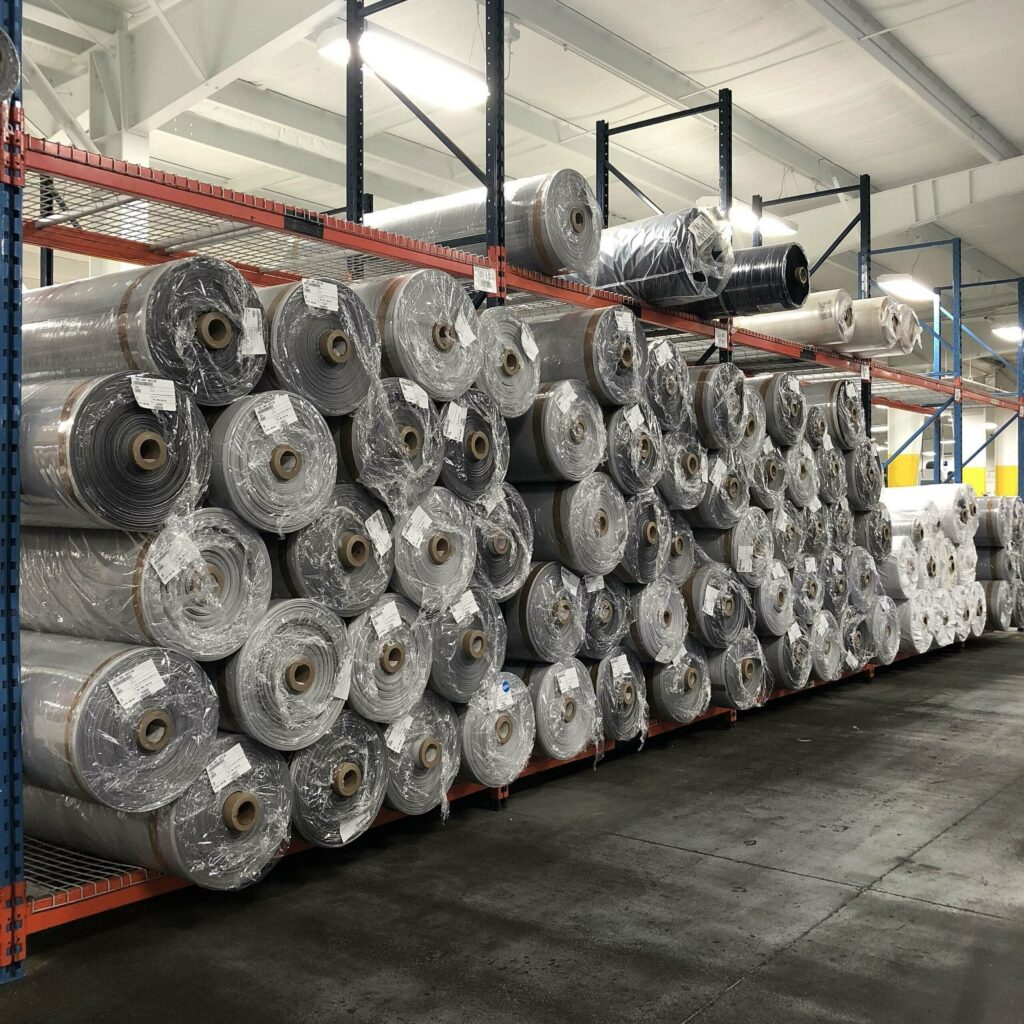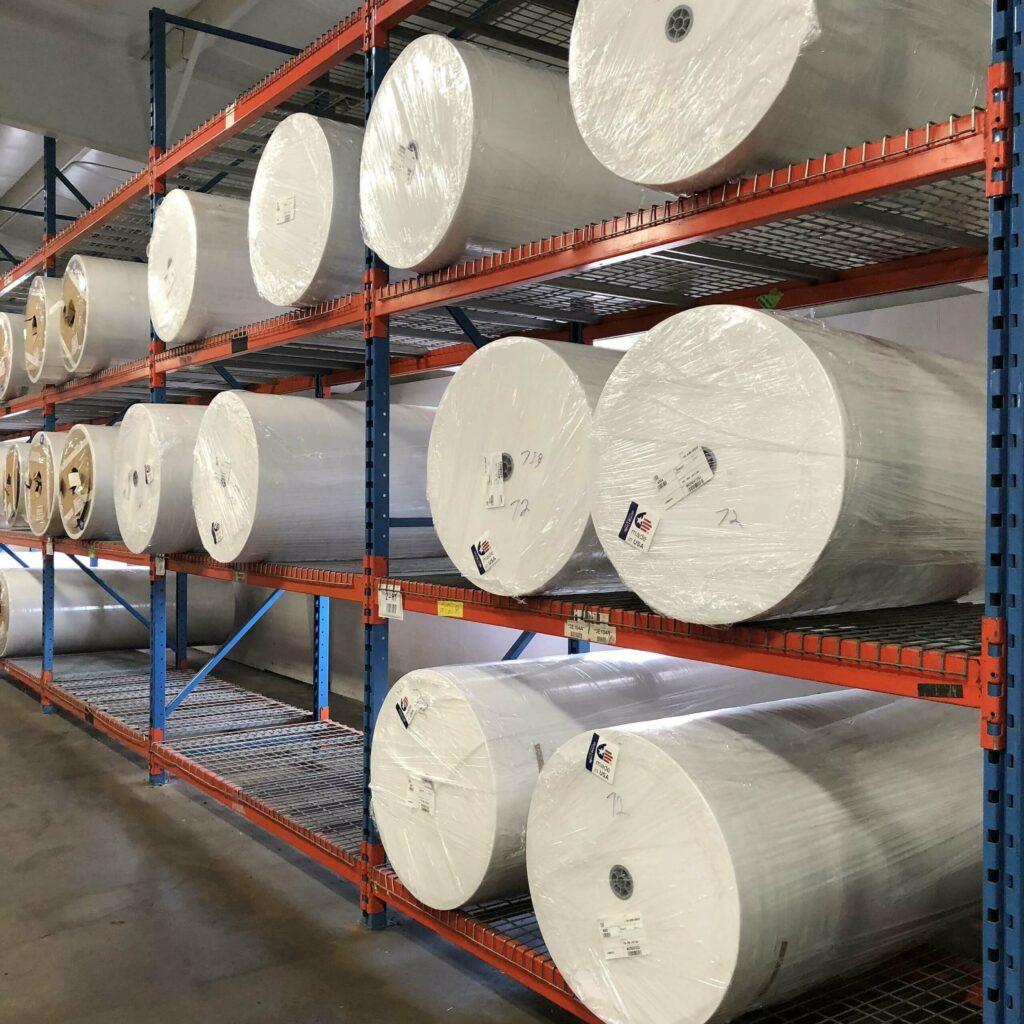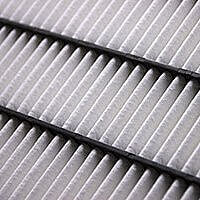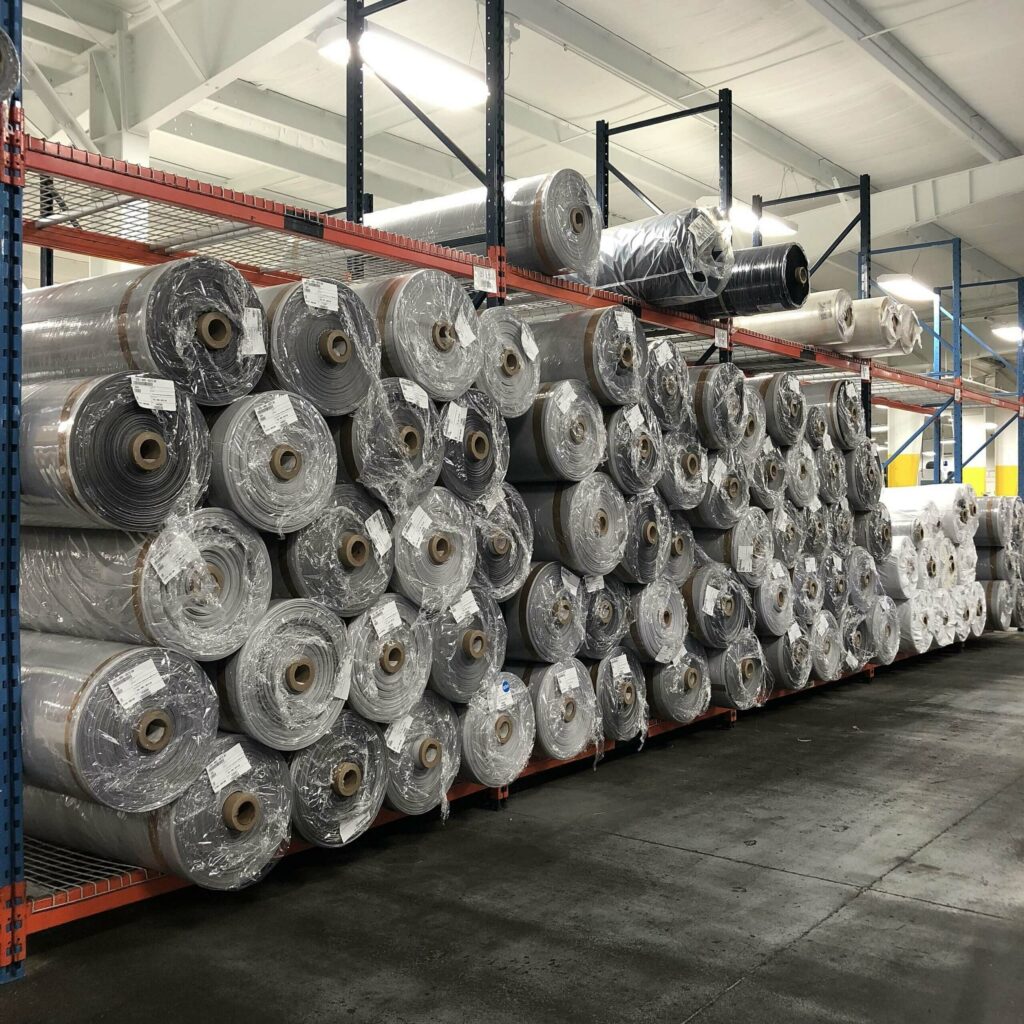


What is Spunbond Fabric?
Spunbond fabrics are manufactured by depositing extruded, spun filaments on to a collecting belt in a uniform yet random manner, and then bonding those fibers together. The fibers are separated during the web laying process (usually by air jets or electrostatic charges), and the collecting surface is usually perforated to prevent fibers from being deflected or carried around by the air stream. Bonding imparts strength and integrity to the web by applying heated rolls or hot needles to partially melt the polymer and fuse the fibers together. Since molecular orientation increases the melting point, fibers that are no highly drawn can be used as thermal binding fibers. Polyethylene or random ethylene-propylene copolymers are used as low melting bonding sites. Spunbond products are employed in carpet backing, geo-textiles, and disposable medical/hygiene products. Since the fabric production is combined with fiber production, the process is generally more economical than when using staple fiber to make nonwoven fabrics.
Great Lakes Filters provides many styles and corresponding ranges of spunbond fabrics including polyester, polypropylene, and Bico fabrics for a variety of end uses and applications. They are formed by melting and extruding the polymer through spinnerets, and the extruded filaments are drawn by air onto a conveyor to form a web by subjecting the fibers to heat and pressure, bonding at the fiber cross-over points. Spunbond fabrics are ideal for medical, liquid filtration, air filtration, and geo-textile industries and applications.
Spunbond polyester (or PET) fabrics commonly have more uniform properties than other structures of spunbond non-wovens. We can supply fabric in widths ranging from 1” to 204” with basis weights ranging from 12 gsm to over 300 gsm, and they are produced using medium to coarse dpf continuous filament fibers. Polyester is a good choice when thermal properties, moldability, strength, permeability, UV, and high dimensional stability are needed in the application process.
Spunbond polypropylene fabrics are uniform and dimensionally stable, and typically made with fine to medium dpf continuous filament fibers. These fabrics are supplied in widths ranging from 1” to 200” with basis weights ranging from 8 gsm to over 200 gsm, and require additives for UV and heat stability. They also tend to be more economical than other fabrics.
Spunbond Bico fabrics are produced using different ratios of filament fibers. These are supplied in widths ranging from 1” to 165” with basis weights of 20 gsm to 250 gsm. Common characteristics of this fabric include good weldability, moldability, stability, permeability, and fiber distribution.
- Spunbond Polyester (PET)
- Spunbond Polypropylene
- Bico fabrics
- Bedding/Furniture
- Industrial: Composites, Substrates for Foam, Scrim Backings
- Medical/PPE: Face Masks, Gowns, Shoe Covers, Hair Nets, Surgical Drapes
- Automotive: Scrim Fabric, Headliners, B-Surface Fabric, Airbag Components, Acoustic Insulation, Interior Surfaces
- Filtration: Filter Rolls for Coolant Systems, Filter Media for Cartridges and Elements, Cabin Air Filters
- Packaging: Covers, Labels, Bags, Technical Packaging
- Building Materials: Roofing Underlayment, House Wrap, Vapor Barrier Fabric, Carpet Backing
- Exceptional Thermal Properties
- Moldability
- Superior Strength
- Good Permeability
- UV Stability
- High Dimensional Stability
- Economical

Medical

Liquid Filtration

Air Filtration

